The Akita is a prolific Japanese breed. Entwined in the island’s culture and history, these working dogs are more than guardians. Today, they retain some interesting and appealing characteristics, but can also be quite the handful. Read on to learn more about the Akita.
Description of the Akita
These dogs are big and thick in a similar visage of many other northerly breeds. Their double coat is dense and rich, offering protection from the cold, and a fuzzy outer layer. This coat can be many shades and patterns of black, brown, fawn, red, silver, and white.
The Akita is from northern Japan, where this thick coat provides protection against its extreme climate. Legend has it that nobility banished one of their own to a remote area, where he spent the rest of his life creating the breed. They were meant to hunt in packs for large game and protect their owners. At one point strictly for Japanese nobility, they are now important to wider Japanese culture.
This breed is brave and loyal with a goofy streak. Their pointed ears and curled tail give off an air of constant vigilance. However, most of the time, they’re quite easy going with their family.
Life Expectancy and Size
The Akita lives between 10 and 13 years, a typical lifespan for a large dog.
This breed is indeed large. Males top out the scales, weighing up to 130 pounds. Females can weigh as little as 70 pounds, but often hover near 100 pounds. The breed stands between 24 and 28 inches tall.
Protective Ability
This is a true protector. Akitas, bred for the task, take their duties seriously.
Ideally, they function as deterrents. These big, bulky dogs are eye catching, and would scare any sensible troublemaker away at first glance. However, they have the potential to do a whole lot more damage than that. It is essential to socialize Akitas early to avoid any violent tendencies. Aggression can be a serious issue in poorly socialized Akitas.
Training
Begin training early to avoid issues before they start. These dogs are large and can become unmanageable quickly. Even simple behavioral issues can have significant consequences as Akitas grow.
That being said, these dogs are responsive to consistent training. They react well to positive training methods. Treats in particular are a meaningful incentive for the breed. However, they are prone to obesity so feed with care.
Socialization is the most important aspect of this breed’s training. Introduce them to new people, animals, and situations from an early age. This will help avoid any excessive aggression and allow the Akita to develop into a steady adult.
Energy Level
For working dogs, this breed is not too high energy. They still need activity to stay in shape, but may need to be convinced that playtime is fun. Some Akitas can be downright couch potatoes! Do not let them convince you otherwise: daily exercise is important. A quick romp will help them stay healthy and manageable.
What Living with an Akita is Like
This breed is as challenging as it is rewarding. For families capable of handling a born protector, the Akita is loyal and brave. They bond strongly with their owners and will do anything for them. They will also show their family an adorably goofy side.
However, Akitas can be tough to manage because of their size and tendencies towards aloofness. They require a lot of space just to exist, even though they’re not particularly energetic.
It is absolutely essential to socialize this breed thoroughly. Some individuals can become aggressive, especially with strange dogs and those of the same sex. Even in seemingly well-socialized dogs, this aggression may appear surprisingly, so always monitor their interactions.
Care of the Akitas
These hardy dogs are will not have any trouble in the coldest of climates. Besides a sometimes-fiery temperament, they’re generally easy care.
Environmental Needs
The Akita’s dense double-coat protects them effectively from the cold. In fact, most of these dogs love the snow. In summer, they may have more difficultly. Their large frames can overheat. Always provide shade and fresh water. Limit outdoor activity if needed.
Exercise Needs
One long walk or jog each day should keep the Akita fit and entertained. These dogs are easier to exercise than most of the working group.
Playtime can be a good way to get out any excess energy. Most individuals love playing in the yard with their owners.
Shedding and Grooming
Shedding is usually low in the Akita. However, seasonal periods can be extreme. Their hair may fall out in clumps during a week or two in spring and fall.
During this period, brushing will need to be frequent. Otherwise, weekly brushing will suffice. They have little natural smell and only need baths when they become grimy. Make sure to keep up with the normal teeth, nail, and ear care that all dogs require.
Ideal Home Environment
This breed is not for the first-time owner. They require a serious commitment to socialization. Otherwise, this strong and capable breed may get out of hand.
For those ready for the challenge, the Akita will be a loyal and jovial companion. They may not be the best choice for hardcore athletes because of their lazy tendencies. However, they are perfectly capable physically.
Health Concerns
This breed is relatively healthy for a large dog. Feeding a low calorie diet later in life can help them avoid kidney problems. Obesity can be an issue at any stage of life.
Common problems like hip pain, eye degeneration, and bloat also plague this breed. Thyroid problems have also been reported.
Behavior Problems
This breed can be powerful and hard to manage, so begin obedience and socialization early. Otherwise, serious problems may arise. Akitas can be aggressive, especially toward other dogs or at feeding time. These can make great pets, but only for owners that take them seriously.




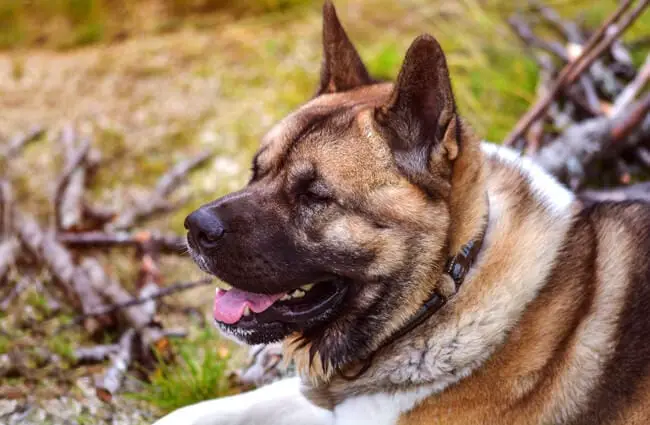
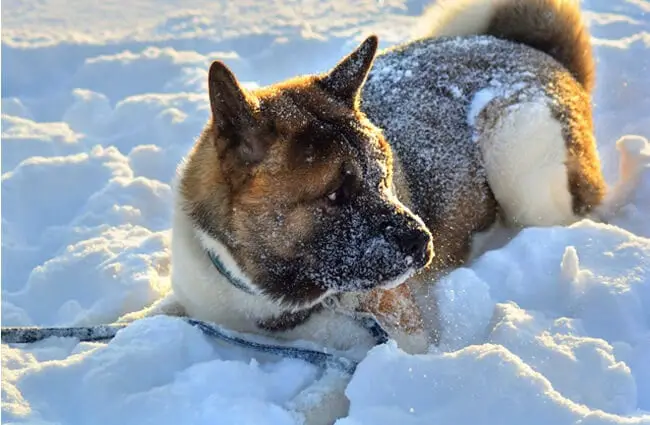
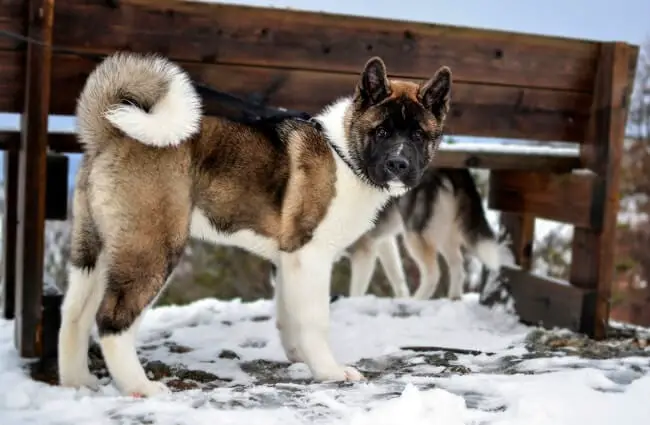

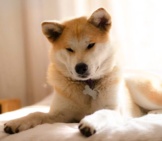

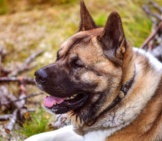
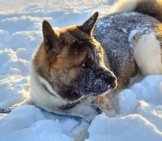
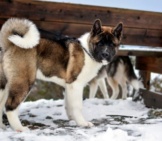













![Red Angus Closeup of a beautiful Red Angus cowPhoto by: U.S. Department of Agriculture [pubic domain]https://creativecommons.org/licenses/by/2.0/](https://animals.net/wp-content/uploads/2020/03/Red-Angus-4-100x75.jpg)

